CSAE 2020 第 四 届 计 算 科 学 与 应 用 国 际 学 术 会 议
主题演讲人
We're searching for more keynote speakers! The Committee of CSAE2020 take effort to invite outstanding speakers consistent with the goal of making CSAE reflective of the high standards of excellence. Experts in the area of computer science and application engineering are welcome to join the conference. In principle, the applicant should be above associate professor, researchers, and engineers.
If you would like to join as CSAE keynote speaker, please send your latest CV, recent photo, speech title, abstract to info@csaeconf.org.
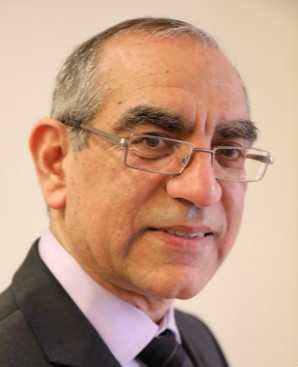
Ali Emrouznejad
Professor and Chair in Business Analytics
Aston University, United Kingdom
Title: Big Data, AI and Machine Learning with applications in Engineering
Abstract: In this talk we first explain three main characteristics related to big data including: 1) the huge amounts of data created every day and in various form from different sources, 2) artificial intelligence tools to mine information from these data and 3) effective algorithms that speed the data mining in real time. We then provide recent developments of applications related to Big Data, AI and Machine Learning in Engineering.
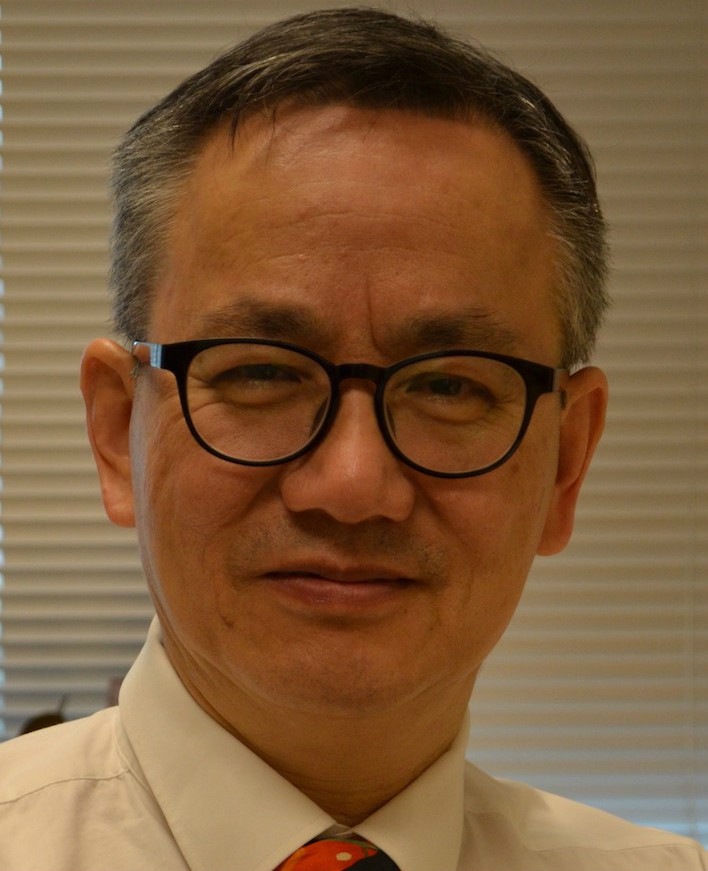
Kang Zhang
Professor
Department of Computer Science, The University of Texas at Dallas, USA
Title: Computational Aesthetics and Aesthetic Computing
Abstract: In this talk, we will introduce the recently emerging interdisciplinary research topics of computational aesthetics and aesthetic computing, and discuss their difference and complementary roles. As a case study, the theories and practices of abstract painting and their existing and potential applications in information visualization will be presented in the context of aesthetic computing. We discuss the three dimensions of painting, i.e. form, color, and texture, various visual cognition principles, and finally aesthetic compositions used in abstract painting. Our objective is to bridge visual art with information visualization, so that the latter could learn from the former in creating more aesthetic visualizations and thus making the viewers visualizing process a pleasant experience. In the context of computational aesthetics, we provide a classification scheme on the complexity of intelligence used in computerized paintings. We will mention our recent efforts in producing various styles of abstract paintings. Other research project in information visualization at the UTD Visual Computing Lab will also be briefly mentioned.

Abdel-Badeeh Salem
Professor of Computer Science, Faculty of Computer and Information Sciences, Ain Shams University, Cairo, Egypt
Title: Artificial Intelligence Technology in Smart Health Informatics
Abstract: Artificial Intelligence (AI) is devoted to create computer software and hardware that imitates the human mind. The main goal of AI technology is to make computers smarter by creating software that will allow a computer to mimic some of the functions of the human brain in selected applications. Applications of AI technology include; general problem solving, expert systems, natural language processing, computer vision, robotics, and knowledge discovery. All of these applications employ knowledge base and inference techniques to solve problems or help make decisions in specific domains.
This talk discusses the potential role of AI for developing the intelligent healthcare and medical systems. Three most popular computational intelligence techniques are discussed namely; case-based reasoning, ontological engineering, and data mining. Moreover, the talk addresses the challenges faced by the knowledge engineers in developing intelligent healthcare systems. In addition, the talk presents some applications developed by the author and his colleagues for cancer, heart, brain tumour, and thrombosis diseases.

Hongbo Jiang
Professor, Vice Dean
College of Computer Science and Electronic Engineering, Hunan University, China
Title: On Device-free Smart Sensing from Commodity RF Signals
Abstract: Device-free localization, which does not require any device attached to the target is playing a critical role in many applications such as intrusion detection, elderly monitoring, etc. This talk will introduce D-Watch, a device-free system built on top of low cost commodity off-the-shelf (COTS) RFID hardware. Unlike previous works which consider multipaths detrimental, D-Watch leverages the “bad” multipaths to provide a decimeter level localization accuracy without offline training. Besides, my talk will also introduce TagScan, a system that can identify the material type and image the horizontal cut of a target simultaneously with cheap commercial offthe-shelf (COTS) RFID devices. The key intuition is that different materials and target sizes cause different amounts of phase and RSS (Received Signal Strength) changes when radio frequency (RF) signal penetrates through the target.
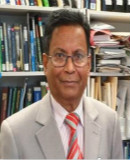
Sardar M. N. Islam
Professor
Institute for Sustainable Industries & Liveable Cities, Victoria University, Australia
Title:Artificial intelligence and game theory: Issues, modelling and computer science applications
Abstract:Many real life environments are characterized by the existence of intelligent multiagent systems where intelligent agents interact, formulate strategies, cooperate, coordinate, design systems, and plan actions autonomously for achieving their goals. Game theory analyses, formulates strategies and designs rules or mechanisms for these multiagent systems on the basis of artificial intelligence. For specifying, characterising and modelling and designing these intelligent multiagent systems, mathematical game theory models of different forms can be developed such as static, dynamic, evolutionary, differential and stochastic game theory models. Different algorithms such as Nash equilibrium, joint optimization, evolutionary algorithms, neural networks, genetic algorithms, and other machine learning algorithms can be applied to different game theory models for analysing, solving, and computing these models. Findings from these models are used to formulate strategies, cooperate, coordinate, design systems, and plan actions by different intelligent agents in different environments such as cyber security, Internet trafficking, designing search engines, robot interactions, etc. Game theory applications in artificial intelligence is an important area in computer science for doing highly useful academic and practical activities and for academics and practitioners for building their careers. Therefore, it is necessary to give priority to this area in computer science for research and development.
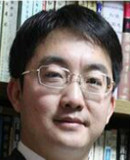
Lv Zhihan
Associate Professor
School of Data Science and Software Engineering, Qingdao University, China
Title:Towards Virtual Reality
Abstract: Virtual reality technology is a computer simulation system that can create and experience a virtual world. It uses a computer to generate a simulation environment that immerses users into the environment. Virtual reality technology is the use of real-life data, electronic signals generated by computer technology, combined with various output devices to make it into a phenomenon that people can feel, these phenomena can be real objects in reality It can also be a substance that we can't see with the naked eye, which is expressed through a three-dimensional model. Because these phenomena are not what we can see directly, but the real world simulated by computer technology, it is called virtual reality. In my research, I studied the application of virtual reality in geographic informatics, molecular biology, and neurorehabilitation, and developed some augmented reality interaction technologies. Finally, I introduced the research of Hash geocoding and blockchain in virtual reality geographic information system.
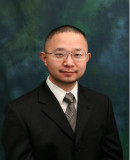
Qixin Wang
Associate Professor
Department of Computing, The Hong Kong Polytechnic University, China
Title:Software Engineering Issues in Cyber-Physical Systems
Abstract: Cyber-Physical Systems (CPS) are the results of the inevitable merge of computers with other domains of physical-world practices. A key challenge to CPS is software engineering: how to coordinate experts of disparate backgrounds to build dependable, maintainable, and efficient complex CPS. This challenge is exacerbated as each cyber/physical domain technology advances, resulting in combinatorial growth of the cross-domain interaction/interference complexity. The CPS software engineering challenge implies a huge problem space involving multiple dimensions. In this talk, we aim to introduce this problem space to a broad audience, to reveal its abundant academic and practical values, and inspire new solutions. Specifically, in this talk, we shall explore the CPS software engineering problem space with several concrete examples. Through these examples, we shall demonstrate how the CPS software engineering problems differ from traditional software engineering problems, how the problems are formulated, and how cross-domain thinking can help address these problems.
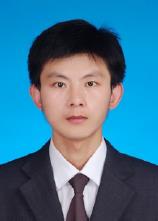
Long Ding
Associate Professor State Key Laboratory of Fire Science, University of Science and Technology of China
Title: Deterministic and Uncertainty Models in Safety and Risk Engineering
Abstract: In this talk, we will firstly introduce two types of models that have been adopted in the safety and risk engineering, including deterministic models (such as Graph theory) and uncertainty reasoning models (such as Bayesian network). Then the characteristics of major accidents, especially domino effect, will be presented, and the applicability and efficacy of deterministic evolution models and uncertainty reasoning models for risk prevention and control of major fire accidents under uncertainty will be discussed. Finally, we will introduce our recent progresses in the development of the two types of models to address relevant issues, and their applications in risk prevention and control of major fire accidents with the aim to assess and reduce the fire accident risk.